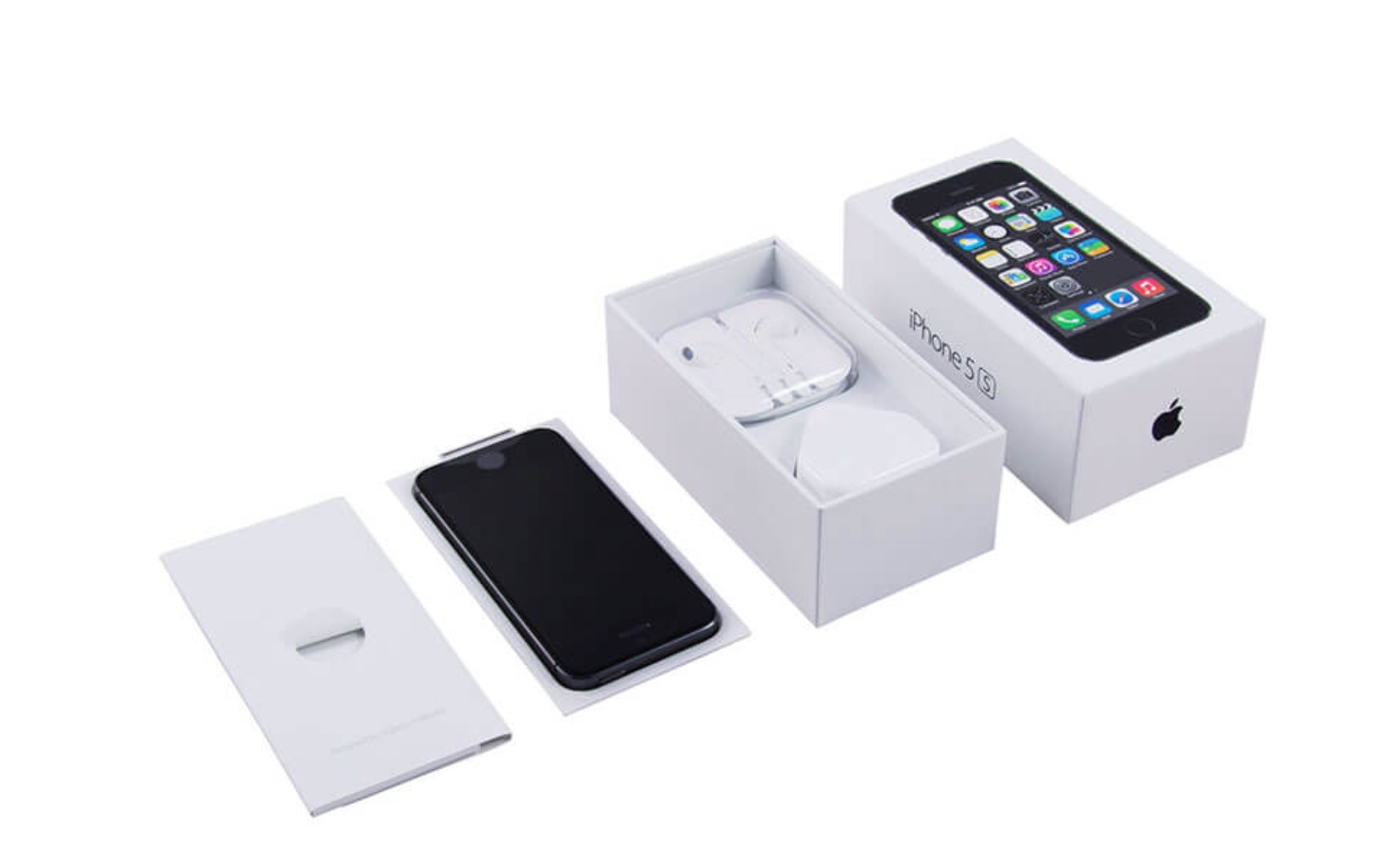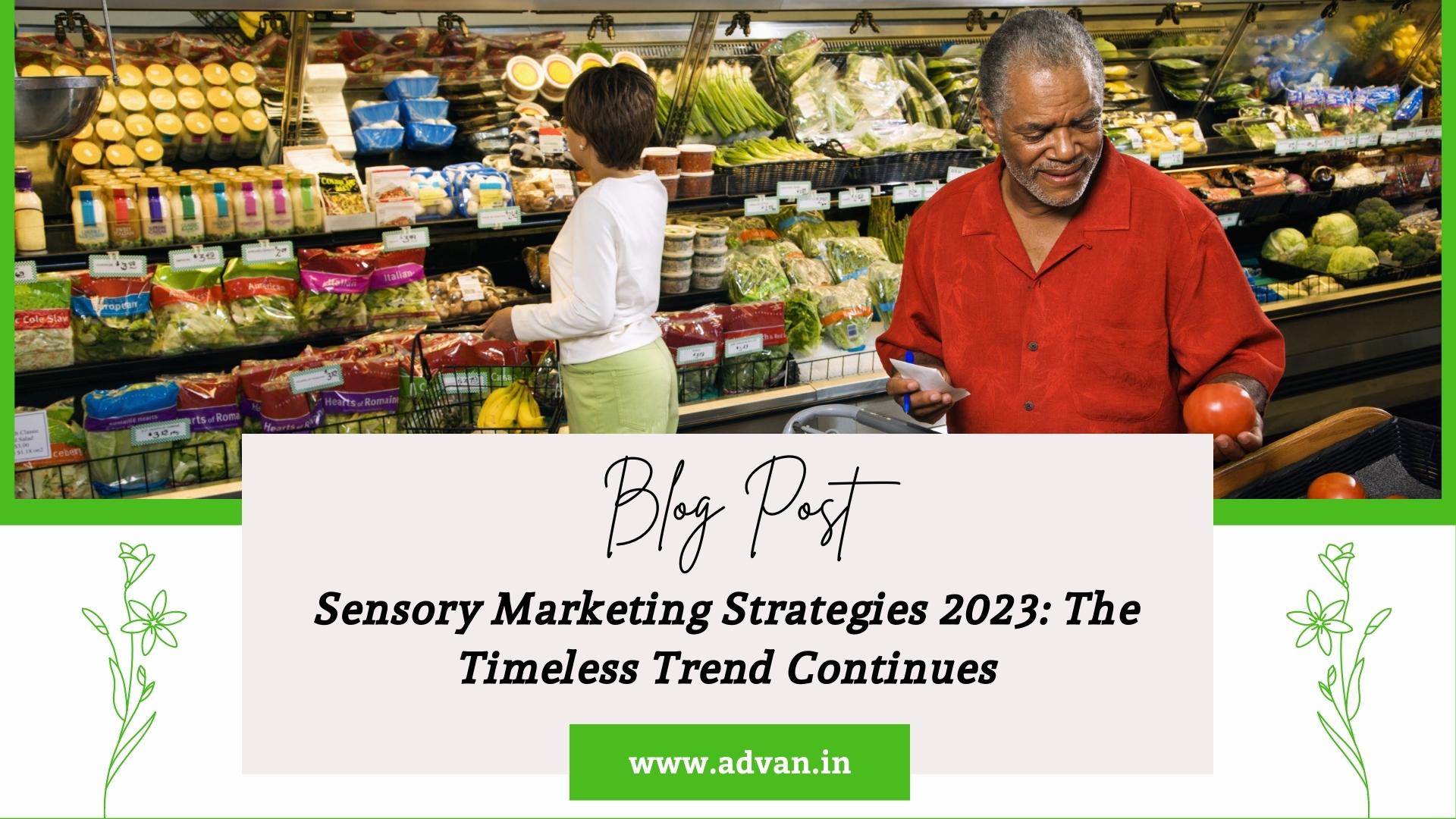Have you ever considered what tempts you to watch a 4D or 6D animated movie? Unlike regular movies, such movies offer a treat to all your senses. It appeals to you more when the visuals are enhanced to a real-time experience combining motion pictures with motion, vibration, scent, rain, mist, and so on.
The world of brand building has witnessed a significant transformation and incredible rapidity. A few recent concepts are coming back in the battle to the top of adaptive innovations and experience. They act as powerful approaches to the intersection of brand, behaviour, and psychology.
Companies conscious of consumers’ aspirational and emotional needs and the evolution of our cultural landscape will see an increase in brand recall and customer retention.
Let’s learn about an ever-trending era in marketing through this blog- sensory marketing and sensory marketing strategies that can change the destiny of any business. AD Vantage helps you understand what sensory marketing will work the best for you.
To understand what a sensory marketing strategy is all about, it’s crucial to know the basics of sensory marketing of a brand with some sensory marketing examples.
What is sensory marketing?
In sensory marketing, also known as sensory branding, consumers are enticed through all five senses. Sensory marketing provides target audiences with a more distinctive and enduring experience. In the modern marketplace, the sights, sounds, and odours are rarely by chance. These are more probable implements of sensory marketing, a developing psychological marketing tactic.
Furthermore, it is generally recognised that sensory marketing techniques, campaigns, and messages that appeal to various senses tend to perform the best.
The tactile pleasure we get from removing the foil off a chocolate bar boosts the chocolate brand’s flavor and feel. This is the simple way to understand the sensory marketing theory.
Using distinctive marketing tools that can evoke sensory sensations is necessary to come up with creative strategies to appeal to customers’ requirements and wants while making an impact that lasts.
What are the elements of sensory marketing?
As discussed earlier, sensory marketing strategies focus on pleasing all the customers’ senses. Let’s check out the sensory elements of human beings around which a brand’s sensory marketing solutions should revolve.

In order to attract customers, sensory marketing employs
- Sight
- Smell
- Sound
- Touch
- Taste
What is a sensory marketing strategy?
Sensory marketing strategies are the action plans designed by brands, making use of any/all of the sensory marketing elements mentioned above.
A sensory strategy, which chooses which senses will be used to communicate the brand to the customer. A perfect sensory branding strategy is created by outlining the messages and experiences to be formed by each sense.
Based on those sensory elements, we can differentiate different types of sensory marketing, which are discussed below in detail.
Types of Sensory Marketing
Visual marketing (sight)
Before any other thought development, visuals will be perceived by the brain. The first feature that distinguishes and identifies a product before it is experienced is its visual identity. For instance, glitzy packaging would invite you to try a chocolate brand as it triggers your brain stronger. Here comes the importance of sensory marketing sight.
Due to the oversaturation of the sense of sight, brands that wish to differentiate themselves using it today must find unique strategies in displays, website design, and packaging.
Olfactory marketing (Smell)
Around 75% of our feelings are reportedly triggered by smell, making it the sense most strongly connected to emotion. Customers could find their products more enticing when brands use well-chosen fragrances. Recently, merchants have realised that adding specific scents to their stores could boost sales.
Scent marketing for restaurants employs a synthetic aroma blend with diffusing devices to micro-mist the aroma at specific periods of the day to attract hungry guests. Restaurant scent marketing can also involve cooking food at particular times of the day.
Burger King serves as one of the excellent sensory marketing brand examples, where their vents pump out the aroma of their delectable burgers, making people inside or passing by feel more tempted and hungry.
Auditory marketing (Sound)
Human mood and purchasing behaviour can both be affected by sound. An excellent technique to build your brand and make it more memorable is to use sound in your sensory marketing strategies.
The sound of the kitchen intensifies the restaurant dining experience, according to sensory marketing hearing studies. Jazz or classical music works well in high-end jewellery showrooms, shops, and dining establishments.
Products like musical toys, toy phones, gift articles and other showpiece items with soothing sound elements would elicit shopping decisions in the customers. Conversely, distracting and frustrating auditory elements will trigger the customers to bounce from the products.
Tactile marketing (Touch)
Humans have profound, frequently incomprehensible reactions to touch. If you prefer reading a physical book over a digital version, it’s because of the tactile sense in you is satisfied with it. Test drives and costume trials are examples of tactile marketing, where touching and experiencing the product directly satisfies the customers.
Psychological studies have shown that when customers touch an item, they have a slight sense of ownership, which enhances their likelihood of buying it. Thereby, touching products can help a brand attain more sales and reassure customers about buying products.
Gustative marketing (Taste)
Free samples are a trendy method for letting customers decide whether to buy food from a restaurant or food outlet before committing. Since the other senses mentioned under sensory marketing strategies serve as filters, the product must first pass through them to reach this taste-based marketing.
For instance, at ice cream shops, allowing customers to sample various flavours quickly would trigger the customers’ taste buds, leading to sales. Sampling is also done at ground-activation campaigns conducted by FMCG businesses.
The blind taste test between Coca-Cola and Pepsi is one of the sensory marketing taste examples where the customers were given a chance to sample the brand.
Why is sensory marketing important?
New research and sensory marketing examples in India suggest that we’re about to enter a period in which many more consumer product companies will utilise sense-based marketing. Much of this research centres on “embodied cognition,” the idea that without conscious awareness, our bodily sensations help determine our decisions. This is the prime importance of sensory marketing.
With targeted sensory marketing, customers and promoters can identify your brand based on their sensory reactions when they come into contact with it. The use of sensory branding has the ability to increase brand advocacy, increase consumer loyalty, and give customers a memorable experience that keeps them coming back.
Sensory Marketing and Consumer Behaviour
The impact of sensory marketing on consumer behaviour is magical. In actuality, the sensory component of what you do can influence your brand personality and identity just as much as your pricing, service, or any other component.
How sensory marketing reaches the customer?
The sensory organs receive the stimulants generated by the different elements incorporated in the sensory marketing strategies. The human brain accepts the stimulants and perceptions are then made by interpreting these feelings.
The senses receive a variety of physical cues before the perception process takes place. A memorable experience can establish a stronger connection to the product or service, boost satisfaction, and influence the consumer’s behaviour and attitude.
As a result, the consumer becomes more predisposed to make a purchase, spends more time in the store, has more exposure to the various categories, and is encouraged to make future purchases.
Examples of sensory branding in retail
Let’s dive into the multi-sensory marketing examples of some leading global brands and how creative sensory marketing strategies elevated their sales.
Sensory Marketing Starbucks
Starbucks sets an ideal example of how a brand could utilise the possibilities of sensory marketing to the core. As a tool to build its brand, Starbucks created a strategy for producing and delivering sensory experiences to customers during the 1980s itself. To provide customers with a genuinely authentic Starbucks experience and forge enduring relationships with them, Starbucks employs a sensory marketing strategy.
You can anticipate the scent of coffee as soon as you enter Starbucks. The brand also satisfies customers all over the globe with the iconic flavours of its products. Starbucks also has the sound of a particular kind of music playing in the background.
The interior’s green and yellow hues and welcoming lighting provide a calming and restful aesthetic experience. The Starbucks team carefully and precisely chooses calming music to create the “sound of Starbucks.”
McDonald’s Sensory Marketing
McDonald’s is the ideal illustration of a company that successfully uses graphics to appeal to the five senses of its consumers. The ventilation and extraction systems at McDonald’s restaurants are built to spread the odour of mouth-watering items. With ‘Ba-da-ba-ba-ba – I’m lovin’ it’ McDonald’s has employed effective sensory marketing in a way that is instantly identifiable and memorable.
Sensory Marketing Apple

Anyone who has ever seen the packaging for a new MacBook or iPhone can visualise the clean, white box with the shiny letters. The packaging is created with simplicity and clarity in mind. In a world of clutter and ongoing sensory overload, the design is straightforward.
Sensory Marketing Dunkin’ Donuts
As their jingle blared on the bus radio in the mornings, Dunkin’ Donuts installed nebulizers in a number of municipal buses in Korea to emit the aroma of coffee. Together with the appealing Dunkin Donuts, there were also eye-catching advertising posters.
One of the clever sensory marketing techniques used here was to pique clients’ senses of smell, sound, and vision. Due to the campaign, sales at Dunkin’ Donuts locations close to bus stops climbed by 29% and customer traffic increased by 16%.
Advantages of Sensory Marketing
The following are the advantages of sensory marketing in retail.
- Creative sensory marketing strategies create a consistent and attractive retail environment.
- It helps to develop and retain a better emotional connection with the customers.
- Right sensory marketing plans trigger instant shopping decisions.
- It can give businesses a broader reach.
- With sensory branding strategies, the brand recall would be higher.
- Sensory marketing also positively affects the brand perception of the customers.
Sensory Marketing Disadvantages
- It could be challenging for smaller companies or subsidiaries to draw clients.
- Overstimulation may result from overloading one sense or attempting to hit them all at once.
- The personality of a brand has a significant impact on its ability to use sensory branding.
To wrap up, brands constantly need help to come up with innovative strategies that will provide them with a competitive edge in the war for customers. Because of the highly competitive climate of the global market, the brands are under massive pressure to stand out, and the best way is to appeal to the senses of the customers.
A pleasing smell sticks in customers’ memories and has the power to enhance spending, music can affect how quickly they shop and how appealing a store is, color can be connected to meaning, and there are multiple levels of touch, each of which presents a distinct aim for learning information.
Reaping the benefits of sensory marketing with a clever sensory marketing plan will let your customers feel your brand as a whole.








0 Comments